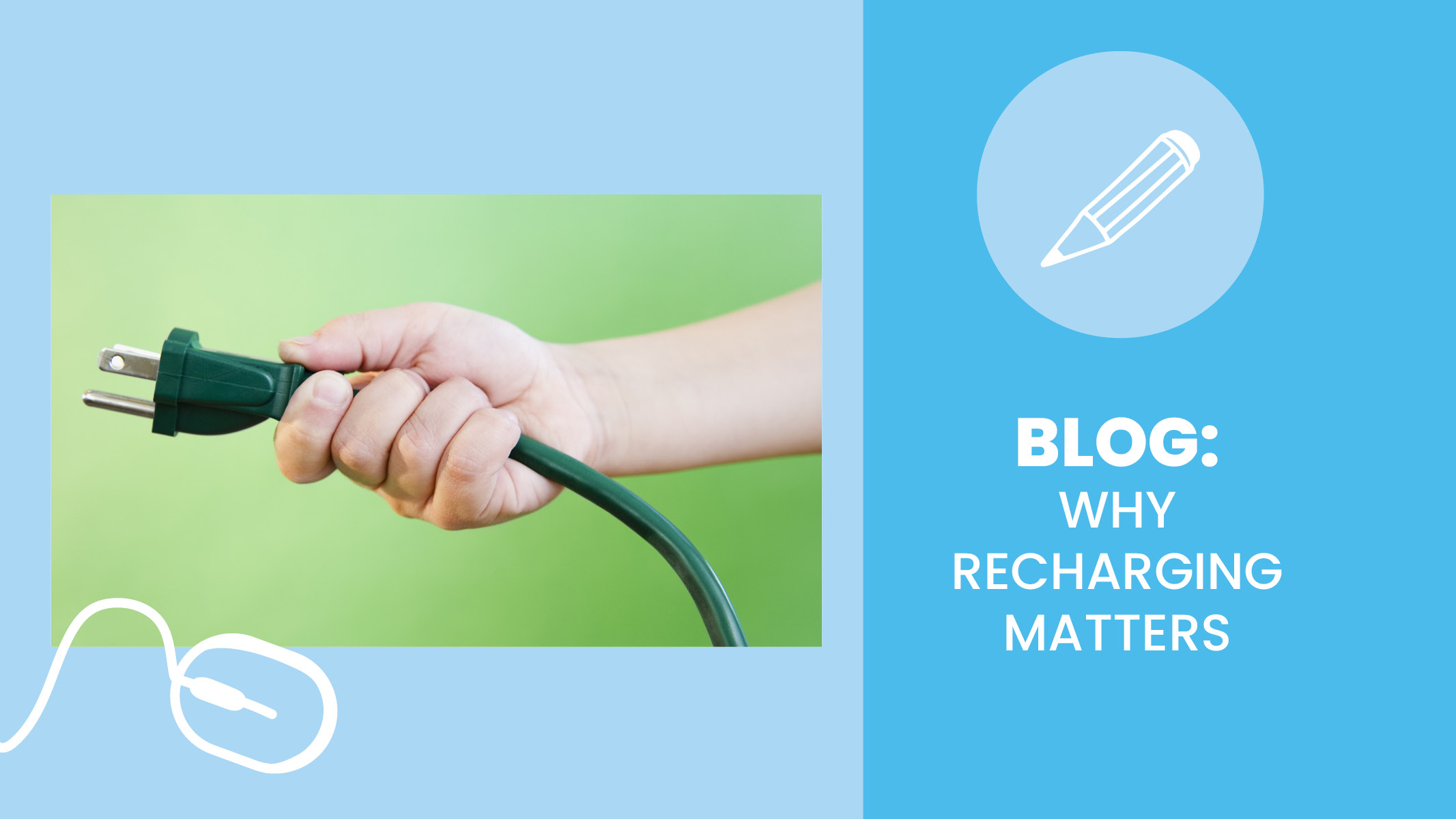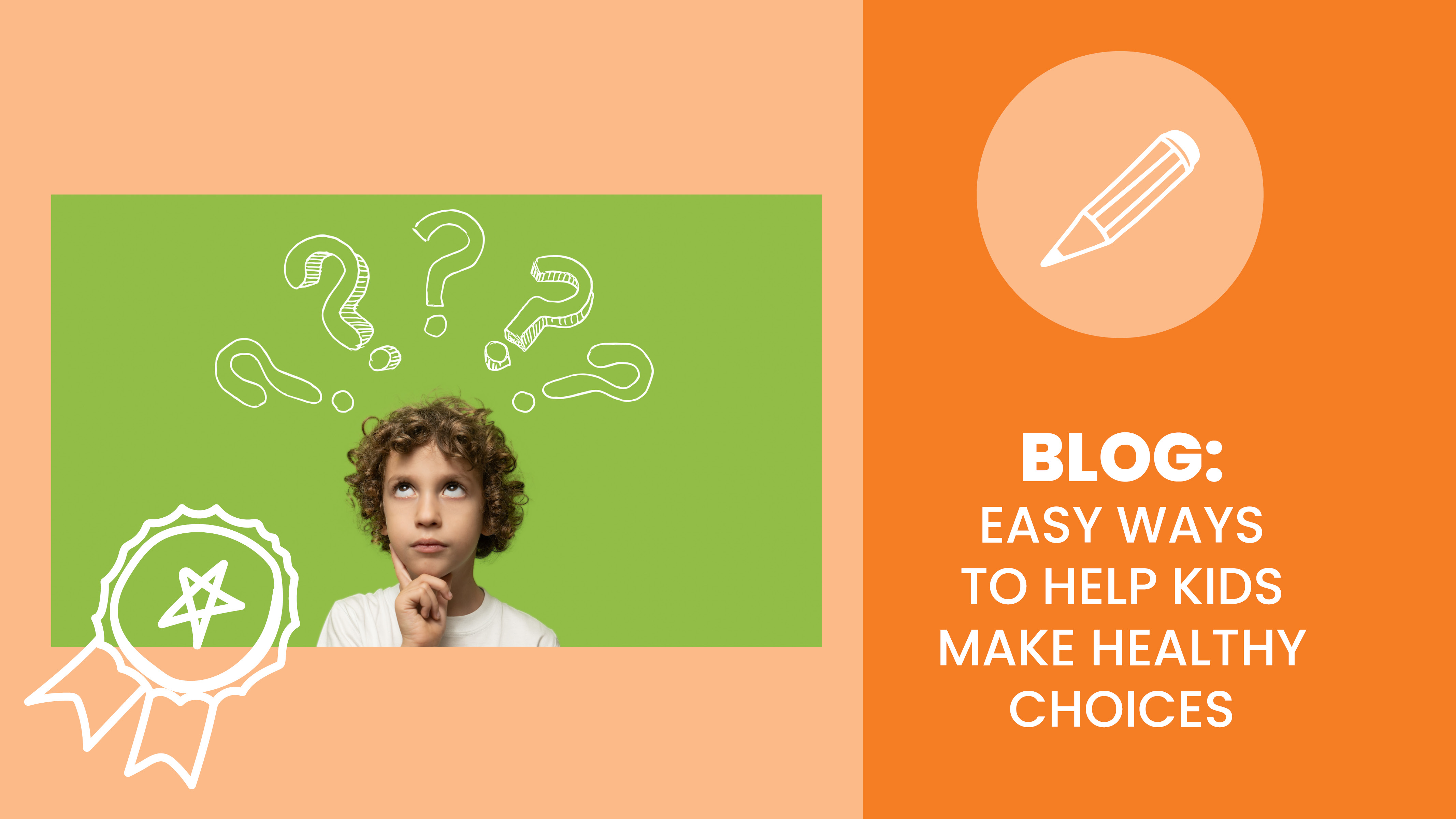If you’re wondering where to start with these conversations or you aren’t sure what to say, you’re not alone and we’re here to help. Here are some tips on how you can provide open and honest communication and conversation with kids during challenging times.
Consider your child’s age and development.
• Younger kids may not understand that the news they’ve witnessed on TV is happening in reality.
o Often by 7-8 years old, kids can make this connection.
Initiate a conversation.
• Ask questions to better understand what your child already knows (or what they think they know).
• Age-appropriate conversation starters include:
o Pre-school aged kids: “You may have seen mom/dad, adults, or other kids feeling sad lately. Remember it’s ok to feel this way. Do you have any questions about what is happening?”
o School-aged kids and Teens: “What have you heard about this at school or on social media? How does that make you feel?”
Be honest, but brief.
• Tell the truth but only share what your child needs to know.
• Remember that your primary goal is to help them feel safe.
Intentionally listen.
• Focus on what they share or any fears you can help them cope with.
• It is ok to not have all the answers. If you don’t know the answer, admit it. Use this opportunity to show them that you are learning and have questions, too. If able, find out the answers together.
• Remember, your simple willingness to listen intently sends a powerful message.
Help kids feel in control.
• Remind kids that they can talk to you, whenever needed.
• Discuss simple coping strategies kids can practice when big feelings arise (breathing exercises, movement, listen to music, etc.)
Talk about what you can do to help.
• Make a list of all the helpers that make a difference for your family and community. (Think mail/delivery people, firefighters and police officers, or even the employees at the grocery store!) Then do something to show your gratitude! Discover different ways that you can thank them here.
Keep checking in on them (and yourself, too).
• Check in often and regularly. Feelings change all the time, so it might be a high-emotion day one day and no big deal on another day. Regular check-ins also create a safe space for kids to discuss worries as they arise.
• Remember to check in on how you’re doing, too!
NOTE: Contact your child’s primary physician or a behavioral health care provider if your child shows changes in routine or behavior (examples: not sleeping or eating, disinterest in people/friends, excessive worrying, etc.).
Ready for More? You Might Also Like:
6 Ways to Create Meaningful Connections with Your Kids
Coping with the Emotions of Change
Top 10 Children’s Books to Helps Kids with Stress and Anxiety


